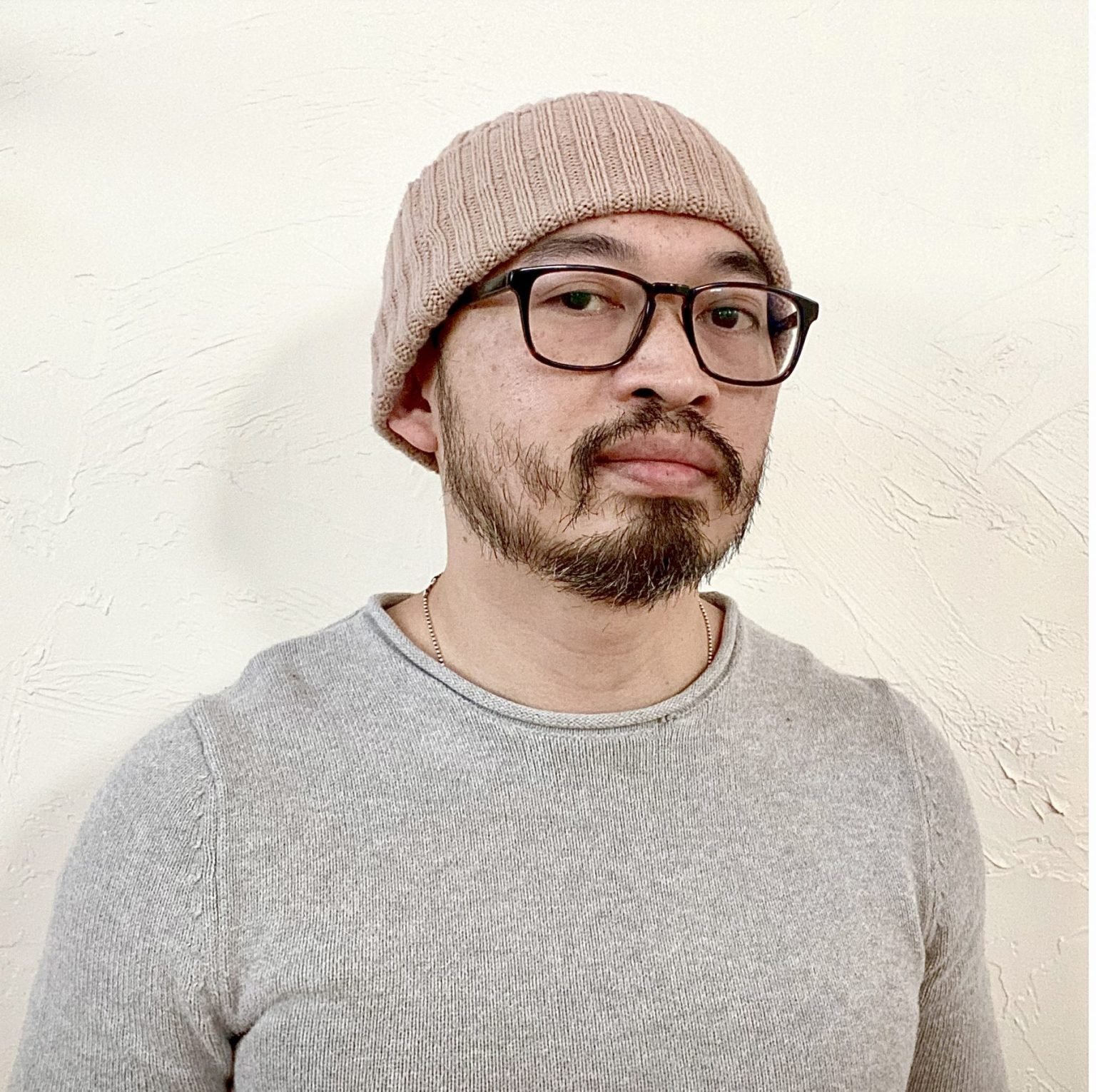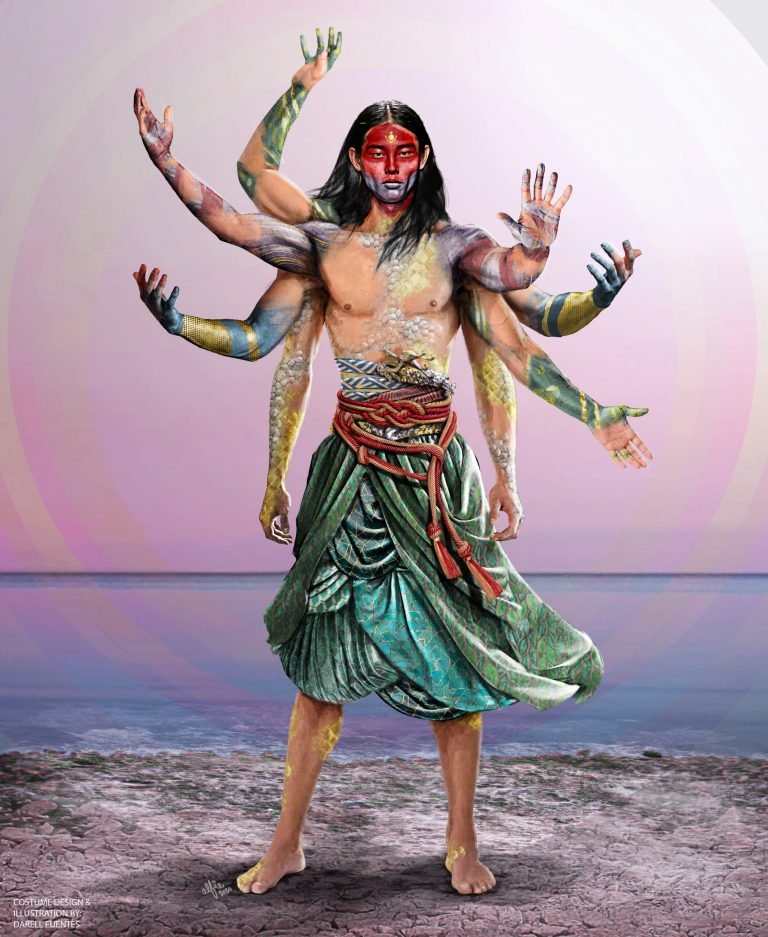Costume Concept Artist Darell Fuentes Reveals His Inspirations
I had the pleasure of sitting down with Darell Fuentes, a costume concept artist, about his journey as a creative in the TV/film industry. For him, it was an “innate calling he had to fulfill.” He started drawing at three years old, using crayons to draw “Transformers” characters. In college, he developed his skills by studying in the Illustration/Costume program at Cal State University Long Beach. He freelanced for years, and it wasn’t until he went to Comic-Con, where there was a Costume Designers Guild panel for illustrators, that he had an epiphany it was possible to have a full-time career out of his gift. Sure enough, with his sheer grit and determination, Darell was able to do this full time, working with the costume designer of “The Matrix” trilogy, Kym Barrett. From there, he would work with Suttirat Anne Larlarb on “Obiwan” and the “Star Wars” trilogy on Disney+. It seems as if he’s just getting started, but in hindsight, he’s been working for this moment for many years.
This interview has been edited for clarity and brevity.
IP: We share the same motherland, the Philippines, which I love because we have this instant kinship, especially in an industry where we are few behind the scenes, let alone seldom reflected on the big screen. I’m thrilled to chat about your journey and success.
DF: I feel very much the same, Ivy. The industry is hard enough, and the limited chances to find kinship and shared experiences can make it feel tougher. I’ve made a number of friends quite easily just by being Filipino. I remember when I traveled to Sydney, Australia, to visit my team who were filming “Shang-Chi.” The first night I was out, the host sat me at the sushi bar next to a Filipina girl and her husband, and the first thing she said was, “Are you Filipino?” in her Australian accent, and then said, “My mom told me, whenever you see a Filipino, talk to them.” I finished dinner with them, and they then took me to a speakeasy I would’ve never known was in the area, and we hung out until 2 a.m. We still keep in touch.
IP: Who was your biggest inspiration that you would attribute your career to?
DF: My biggest inspiration will always be my mother. She had me late at 39 years old. I’m her only child, and I have no father in my life. Around 7 years old, my mom decided to move us from the Philippines to California. Starting from scratch at 46 with not a lot of money, she suffered through so much hardship for me. One story she told me about a time in elementary school, during Career Day, we shared what we want to be when we grow up. I said, “I just want to draw.” The teacher reached out to my mom and encouraged her to tell me to give up and that I’m wasting my time, and art isn’t going to get me anywhere. My mom is a very practical woman, and it made her furious. She then told me, “You will be whatever you choose to be in this world. Do you understand?” I nodded yes. I think I would have always pursued what I am now, but the support from my mother is so valuable.
IP: Where do you draw your inspiration from when you’re working on a project?
DF: My primary inspiration that I carry on any project I become a part of is being able to improve my tradecraft of being better at making art. Being able to draw better, paint better, be faster and more consistent in what I do. That fundamental principle is what helps carry me forward in general, and every project I become a part of is an opportunity to explore those things. Every project is usually quite different, with a whole slew of varying experiences.
IP: What advice would you give someone who’s interested in working as an illustrator?
DF: As an illustrator, you have to be able to train all of your techniques to get to an intuitive level. Whether it’s traditional mediums or digital mediums like Photoshop, the principles for creating art are largely the same. Traditional and digital mediums are both tools used to execute your art vision. Always try to improve from one art piece to the next, even if it’s a little. As the years go by, all those little improvements will add up. You have to be diligent with doing the habits that will make you better. It’s like that old saying, “The best time to plant a tree was 25 years ago.” You have to do things now and stick to it. We have to make decisions in our lives based on our courage instead of our fears.
IP: Recently, you worked with Costume Designer Suttirat Anne Larlarb for “Star Wars” on Disney+. Could you share what it was like to work on something so epic that is “Star Wars” x Suttirat Anne Larlarb?!
DF: From the bottom of my heart, Suttirat is truly special. It’s not just her extraordinary talent and dedication to her tradecraft, but it’s also the little things unique to her you see day to day in between moments when working with her. Each costume designer has their own rhythm and processes of how they work. Suttirat is unique in a way where she illustrates as well in the more traditional forms and aesthetics of how fashion designers would illustrate, and she does it very well. She’ll take some time to herself to sit in a room and really sort out the designs by drawing all her ideas out. By the time it gets to me, the designs are pretty much all done, and we’re really sorting through the details, like color palettes, textures, fabrics, and how the illustration should feel. For this particular show, her request from me was to essentially create a concept art aesthetic that can be on par with what Lucasfilm is accustomed to seeing so we can properly communicate her ideas. Lucasfilm is such a visual, development-heavy type of studio and communicating through artwork is a natural part of their process on all their shows.
From the beginning, we talked about how, statistically and historically, there aren’t as many roles in our industry as occupied by Asian talent, especially in costume design, comparatively to other demographics, so we understand the additional value of what we are able to be a part of in regards to being able to represent our community well.
It’s important for all of us to be great at our tradecrafts, first and foremost. From my perspective, being Asian is not first but being great at the things we choose to do. Be great first. Be great in your tradecraft and be great as a person, and people will see the value of you. A lot of people seem to believe what we do and who we are can be separate things, and that’s not true. We should strive to be the best version of ourselves as people and the best version of ourselves in our chosen tradecrafts, and those two things will always be together. So when we finally become the ones good enough and the ones close enough in proximity to bigger opportunities, we are able to shoulder all the expectations required from us on a day-to-day basis, and while being great at it, understanding the additional value of what our body of work and who we are can mean to other Asians, so we can shoulder that as well and represent for our beloved communities.
Follow the work of Darell Fuentes on Instagram or on his website.
Image credits: Darell Fuentes

